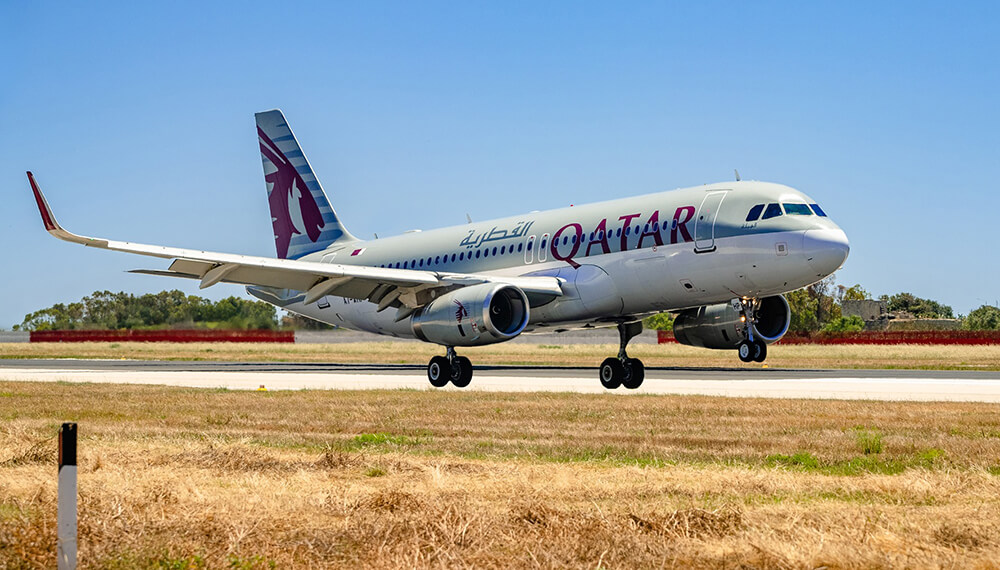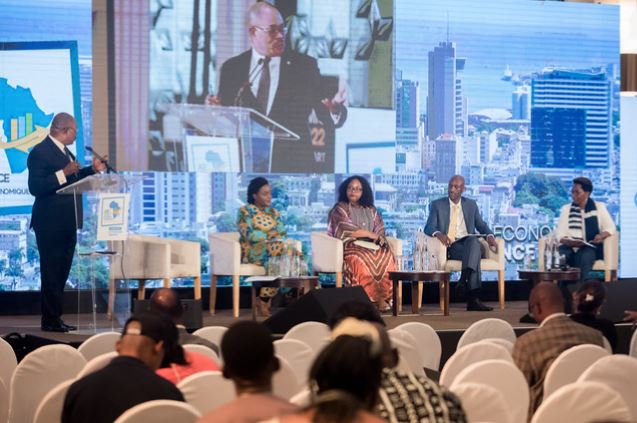Due to fears of destruction and possible depletion, efforts by local leaders and concerned citizens are in high gear to see Lake Bunyonyi, Africa’s second deepest lake graduate to be considered a Ramsar site by the Ramsar Convention.
A Ramsar is a wetland site selected to be of international importance under the Ramsar Convention that was established in 1971 during an intergovernmental environmental treaty by United Nations Educational, Scientific and Cultural Organization (UNESCO).
Once considered a Ramsar site, lake Bunyonyi wetland will seize to be a public space but rather a protected site where access is permitted under caution and natural use is prohibited. This will eventually see the site grow to serve generations other than being left for anyone to use exposing it to possible misuse and depletion.
According to the Executive director Nature Uganda, Archilles Byaruhanga, stakeholders have already started on the process to see Lake Bunyonyi becoming. Byaruhanga further said for a site to be recognised as a Ramsar site, factual information about it has to be well-documented.
He said they have documented information about the lake and they have started meeting stakeholders from the nearby local governments for approval of the proposal.
“Based on the assessment studies conducted by Nature Uganda (2019-2020), the wetland systems of Lake Bunyonyi and associated wetlands, such as Nyamuriro, are in a poor state, giving poor water quality to the lake,” he added
According to a biodiversity assessment, many important plant and animal species, including the swamp antelope and zenopus frogs in all surrounding wetlands and plants, some of which are not found anywhere else in Uganda were found.
Byaruhanga believes the locals’ pleas about the matter will be recognised given the lake’s unique qualities.
“The lake is under threat at the moment. Human activities, such as agriculture land cultivation and siltation, harvesting of wetland resources and wolfram mining in Nyamuriro are threatening the ecological integrity of the lake and the surrounding wetlands,” Byaruhanga said.
Christine Ampumuza, a tourism lecturer at Kabale University and a member of Kigezi Tourism cluster, said Lake Bunyonyi’s upgrade to a Ramsar site will also boost its marketing internationally.
“Lake Bunyonyi has been getting visitors from across the world, but when we get the international recognition, we shall have a better marketing forum,” she said.
All these concerned people argue that by turning Lake Bunyonyi into a Ramsar site, will help in protecting its nature and waterfowl habitat. They also say that its consideration into a Ramsar site will help in the promotion of tourism.
Once considered a Ramsar site, Bunyonyi will be Uganda’s 13th Ramsar site. The countries with the most Sites are the United Kingdom with 175 and Mexico with 142. Bolivia has the largest area with 148,000 km2 under the Convention protection and also doubles to have the largest Ramsar wetland; Canada, Chad, Congo and the Russian Federation have also each designated over 100,000 km2.
About Guide2Uganda
Guide2Uganda (www.guide2uganda.ug) is the most comprehensive source of information about Uganda that exists on the web, with more content on Uganda and surrounding towns, attractions, museums and galleries than any other online guide that currently exists for Uganda as well as being a dynamic news and comprehensive events driven site with content being added daily.
According to WeFollow & Peer Index (whom both measure online influence) we are among the most influential online media organizations in Uganda. We were also awarded for ‘’Best Destination Website in Uganda’’ by Jumia Travel Uganda in the 2017-2018 Africa Travel Awards. If you are planning a visit to Uganda you can always reach us on; info@guide2uganda.ug



